The White House always knew Trump's order to freeze Ukraine aid could blow up, New York Times details

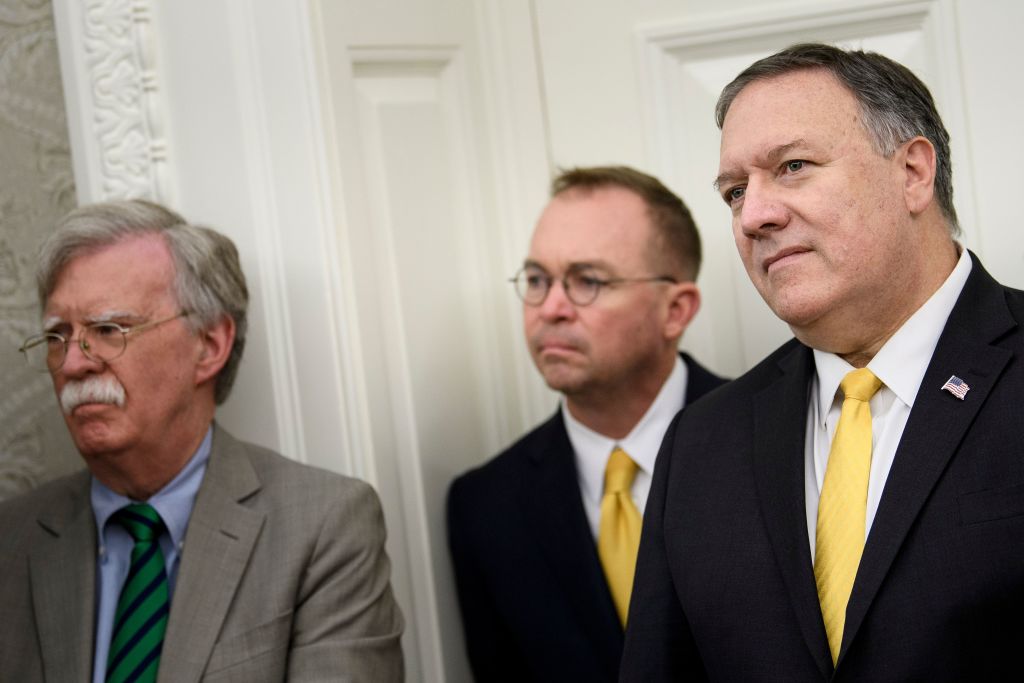
Before President Trump relented and quietly agreed to unfreeze $391 million in security aid to Ukraine on Sept. 11, days after he learned about a whistleblower complaint, the withheld aid was the subject of 84 days of confused, increasingly tense fighting between Trump and his budget team and Pentagon officials, U.S. diplomats, and Trump's hand-picked national security leaders, The New York Times detailed in a report Sunday based on interviews with dozens of officials and previously undisclosed emails and documents.
Everyone but Trump was eager for the aid to be released, and White House lawyers eventually crafted but never released a legally dubious argument for why Trump could continue to withhold it, defying Congress and federal laws on spending allocated funds, the Times reports. "The Democratic-led inquiry into Mr. Trump's dealings with Ukraine this spring and summer established that the president was actively involved in parallel efforts — both secretive and highly unusual — to bring pressure on" Kiev by withholding desperately needed funds and forcing the public launch of politically advantageous investigations.
Now, key officials are claiming they either knew about only one of those efforts or never connected the dots. But from the beginning, the White House knew Trump's order could be explosive, emails show.
The Week
Escape your echo chamber. Get the facts behind the news, plus analysis from multiple perspectives.

Sign up for The Week's Free Newsletters
From our morning news briefing to a weekly Good News Newsletter, get the best of The Week delivered directly to your inbox.
From our morning news briefing to a weekly Good News Newsletter, get the best of The Week delivered directly to your inbox.
Trump first ordered the Office of Management and Budget to withhold the Ukraine funds on June 19 — OMB officials, using Google, surmised that somebody had shown Trump a Washington Examiner article on the U.S. sending military aid to Ukraine to help it fend off Russian-backed separatists. Acting Chief of Staff Mick Mulvaney, a central figure in coordinating the freeze, asked his aide Robert Blair in a June 27 email, "Did we ever find out about the money for Ukraine and whether we can hold it back?" Blair responded yes, it would be possible, but he should "expect Congress to become unhinged" if it found out, the Times reports. In fact, the House impeached Trump.
In late August, the Times reports, Trump was finally confronted in the Oval Office by National Security Adviser John Bolton, Defense Secretary Mark Esper, and Secretary of State Mike Pompeo, each of whom made their case for unfreezing the aid. Trump again said no. It still isn't clear why Trump relented two weeks later, but House Democrats have an idea. "He got caught," Foreign Affairs Committee Chairman Eliot Engel told the Times. Read more about those intense 84 days at The New York Times.
A free daily email with the biggest news stories of the day – and the best features from TheWeek.com
Peter has worked as a news and culture writer and editor at The Week since the site's launch in 2008. He covers politics, world affairs, religion and cultural currents. His journalism career began as a copy editor at a financial newswire and has included editorial positions at The New York Times Magazine, Facts on File, and Oregon State University.
-
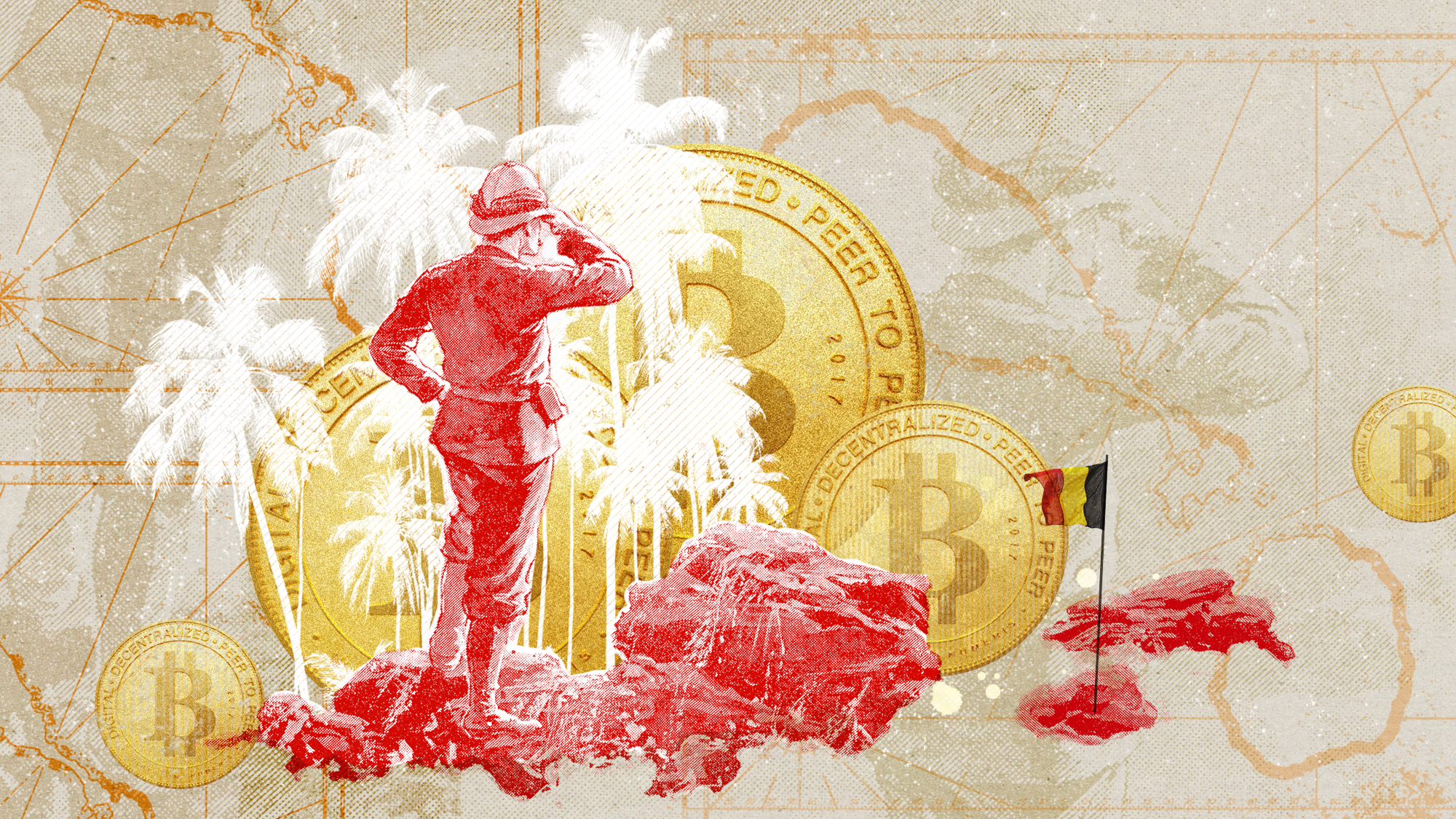 The small Caribbean island courting crypto billions
The small Caribbean island courting crypto billionsUnder the Radar Crypto mogul Olivier Janssens plans to create a libertarian utopia on Nevis
-
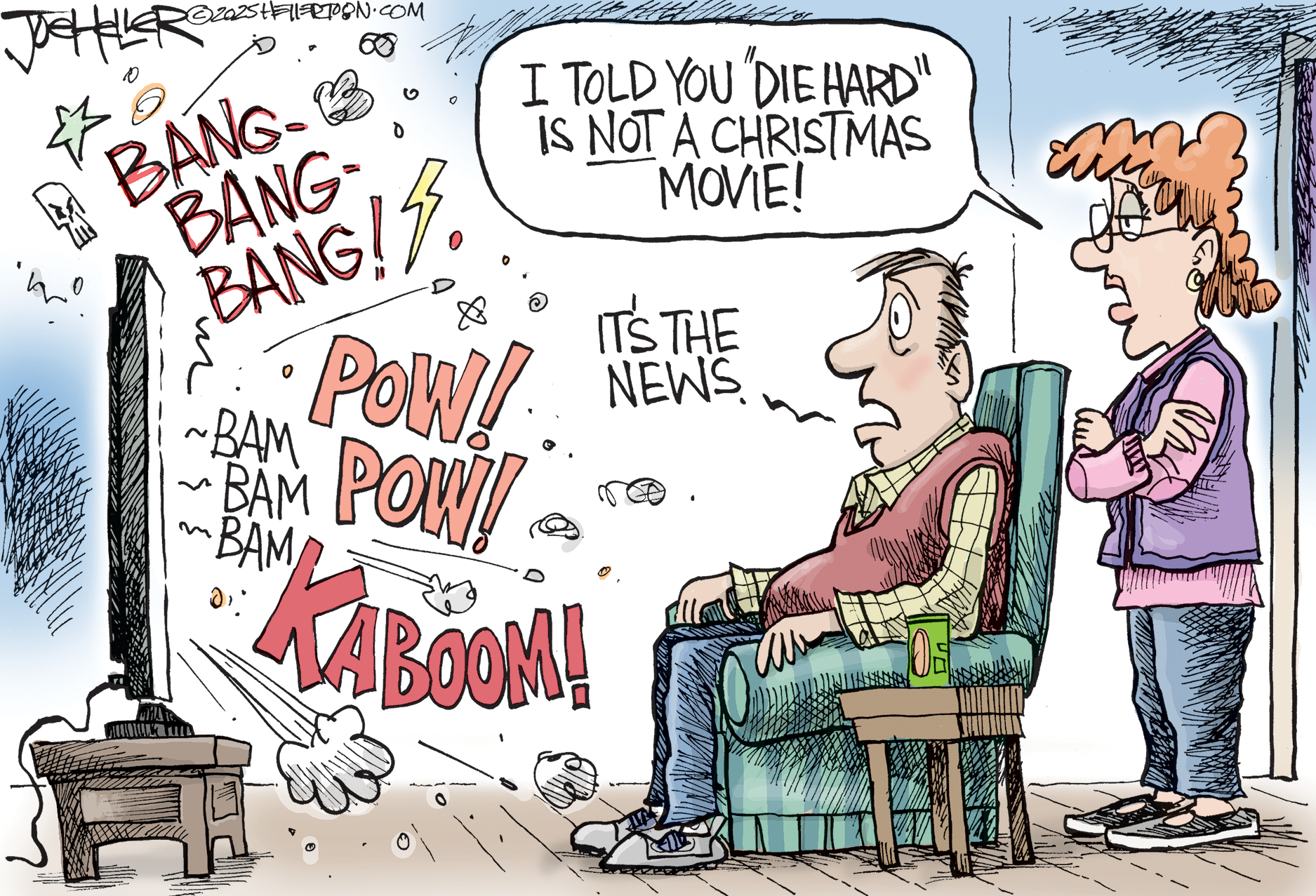 Political cartoons for December 21
Political cartoons for December 21Cartoons Sunday’s political cartoons include Christmas movies, AI sermons, and more
-
 A luxury walking tour in Western Australia
A luxury walking tour in Western AustraliaThe Week Recommends Walk through an ‘ancient forest’ and listen to the ‘gentle hushing’ of the upper canopy
-
 British warship repels 'largest Houthi attack to date' in the Red Sea
British warship repels 'largest Houthi attack to date' in the Red SeaSpeed read Western allies warn of military response to Iranian-backed Yemeni rebels if attacks on ships continue
-
 Houthi rebels claim Red Sea ship attacks
Houthi rebels claim Red Sea ship attacksspeed read Iran-backed Yemeni group vows to escalate aggression towards Israel-linked vessels in revenge for Gaza war
-
 Israel plans next phase of Gaza war as first hostages released
Israel plans next phase of Gaza war as first hostages releasedSpeed read After four-day ceasefire 'we will not stop' until destruction of Hamas, says Israel
-
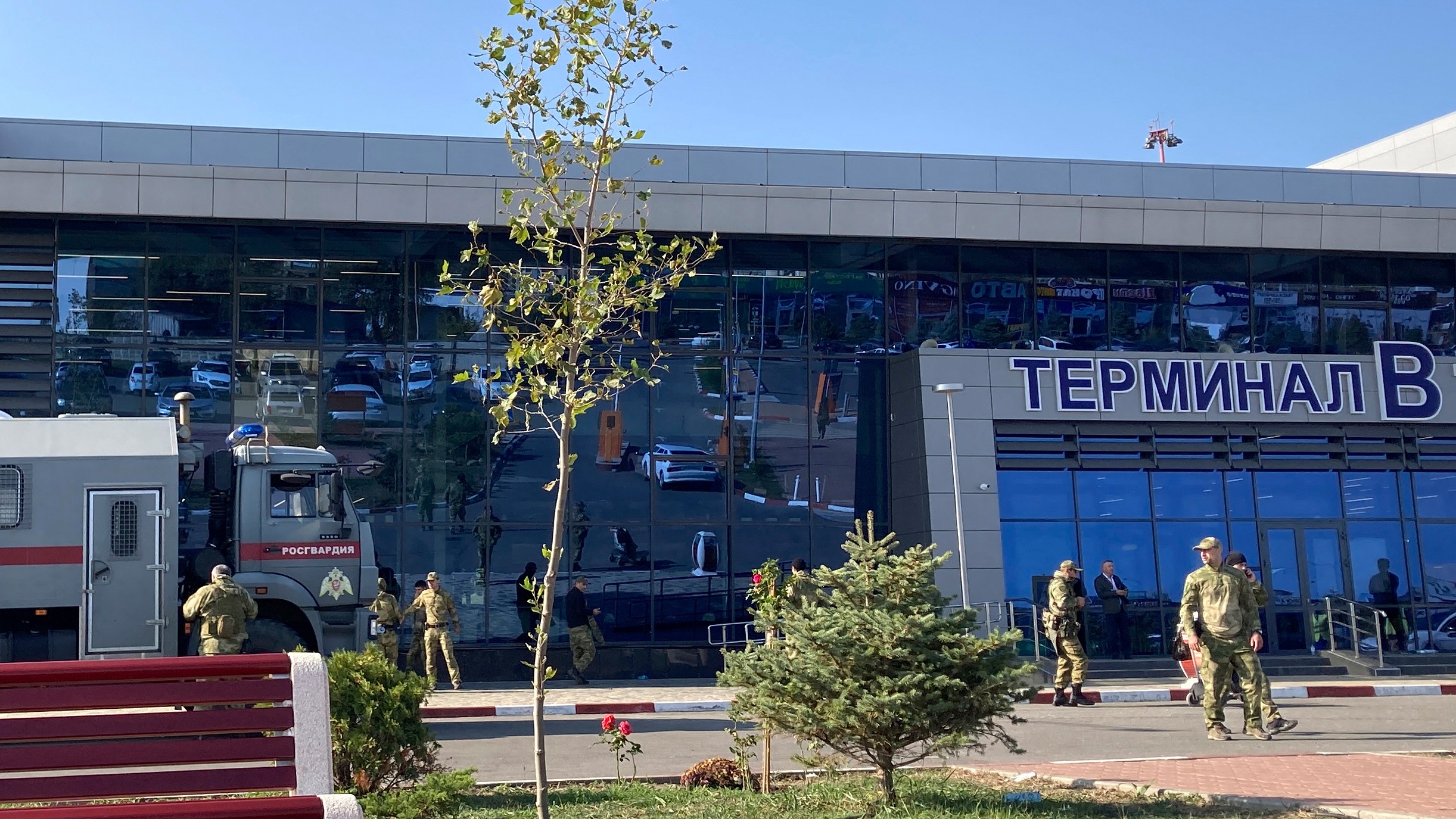 Mob storms Russian airport 'looking for Jews'
Mob storms Russian airport 'looking for Jews'Speed Read Plane from Israel surrounded by rioters chanting antisemitic slogans after landing in Russia's Dagestan region
-
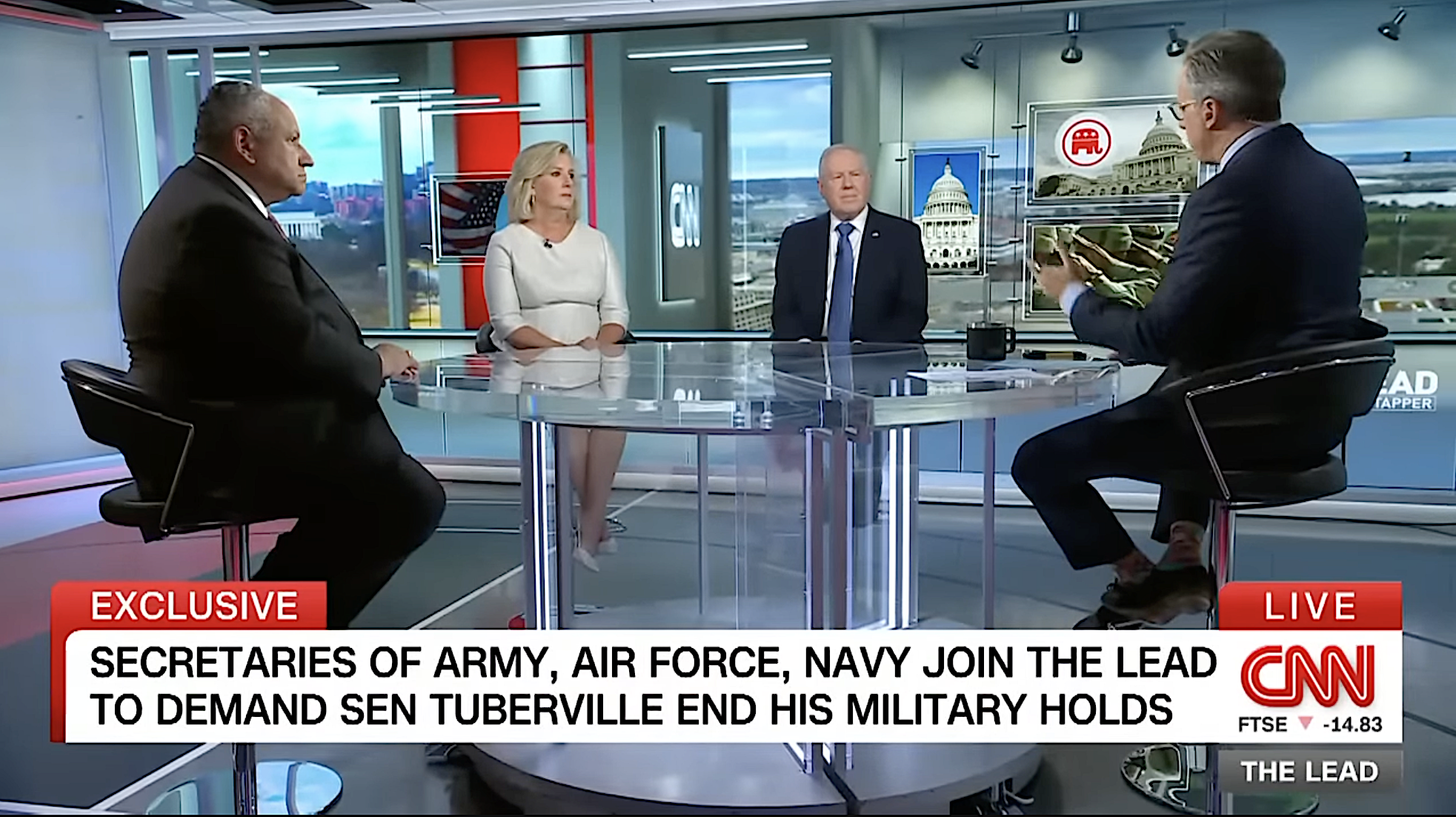 Tuberville's military promotions block is upending lives, combat readiness, 3 military branch chiefs say
Tuberville's military promotions block is upending lives, combat readiness, 3 military branch chiefs saySpeed Read
-
 Ukraine's counteroffensive is making incremental gains. Does it matter in the broader war?
Ukraine's counteroffensive is making incremental gains. Does it matter in the broader war?Speed Read
-
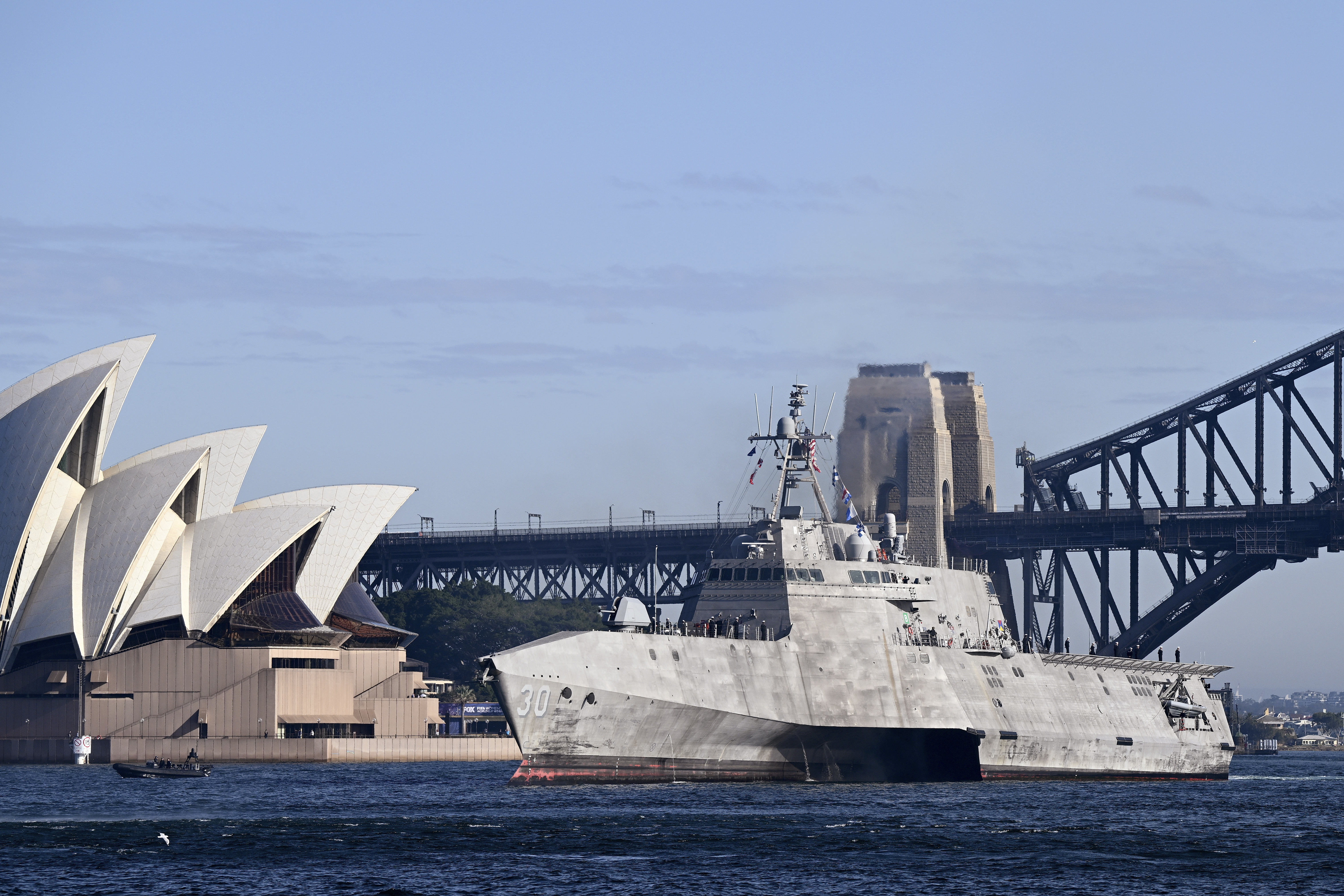 US commissions first-ever Navy ship in a foreign port
US commissions first-ever Navy ship in a foreign portSpeed Read
-
 British spy chief, Wagner video suggest Prigozhin is alive and freely 'floating around'
British spy chief, Wagner video suggest Prigozhin is alive and freely 'floating around'Speed Read
